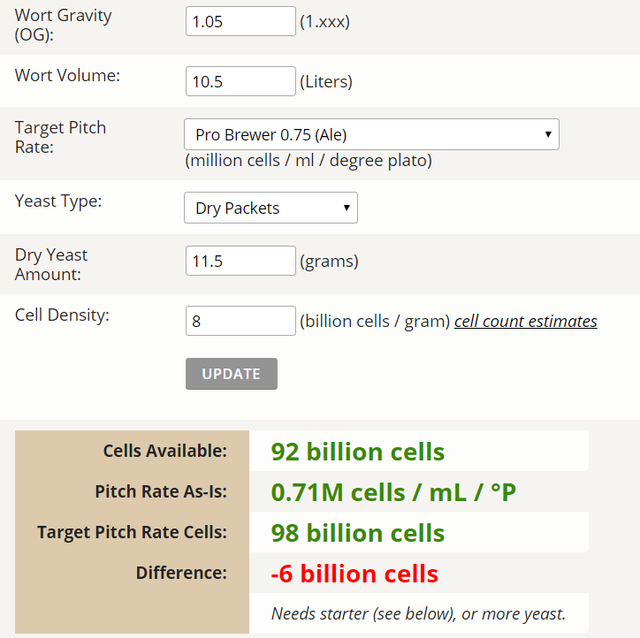I'm trying to brew a NEIPA but I'm having issues with very strong acetaldehyde / green apple off flavor at bottling time and after a month of bottle conditioning. As I'm fairly new to home brewing I'm using all extract.
The first beer I ever brewed was a pale ale and it worked out very well. I simply used the unlabeled yeast that came with the hopped LME, added some unhopped LME, fermented for seven days then bottled. The beer was clean tasting and just "tasted like beer" after two weeks of bottle conditioning.
Since then I've done three attempts at
this NEIPA recipe with various changes to each iteration to try fix what I thought was wrong with the previous batch. Despite these changes all of them have the green apple, almost cidery, off flavor mentioned above. It does seem to die off a bit after a month in the bottle but is still quite strong and by then the beer is looking pretty oxidized and the hop aroma is probably gone anyway.
I bottled the third attempt last night - it has the same taste and it seems just as strong as previous batches despite making some decent process improvements to this batch. I realize it hasn't had a chance to bottle condition yet, but based on the previous batches still having the taste after 3-4 weeks, I don't have high hopes for it.
Some of the things I've done to try fix this are listed below:
- Re-hydrated the yeast before pitching.
- Oxygenated the wort the best I could by shaking it around for a few minutes before pitching.
- Kept the wort at 18°C for first 3 days of fermentation and slowly increased it to 21°C over the next few days.
- Left it in the primary for 13 days (as opposed to the 7-9 days I did for the first batch) before cold crashing.
- Dry hopped only once at day 10 of fermentation instead of twice to try and avoid oxygen contact.
All of the brews have had an OG of 1.048 and FG of 1.014. I'm using starsan and I'm pretty confident with my sanitation practices. I use carbonation drops instead of priming sugar.
I'm starting to wonder if S-04 is just a bad yeast. Or maybe I need to leave it in the primary for even longer? But from what I've read S-04 should be a pretty fast yeast to finish and clean up.
Any thoughts on this would be much appreciated.



